Pet-Proof Home: Preparing Your Place for a New Pet
Welcome to a Pet-Friendly Home
Are you ready to open your heart and your home to a new furry friend? Creating a pet-friendly environment is the first step in ensuring a harmonious coexistence. In this guide, we’ll take you through every aspect of preparing your space to make it a haven for your new pet.
The Excitement of Bringing a New Pet Home
The anticipation of welcoming a new pet into your life is truly exhilarating. The wagging tails, purrs, and playful antics that await you are worth every effort in pet-proofing your home. Let’s dive into the preparations you need to make to ensure a seamless transition for both you and your four-legged companion.
Preparing Your Space
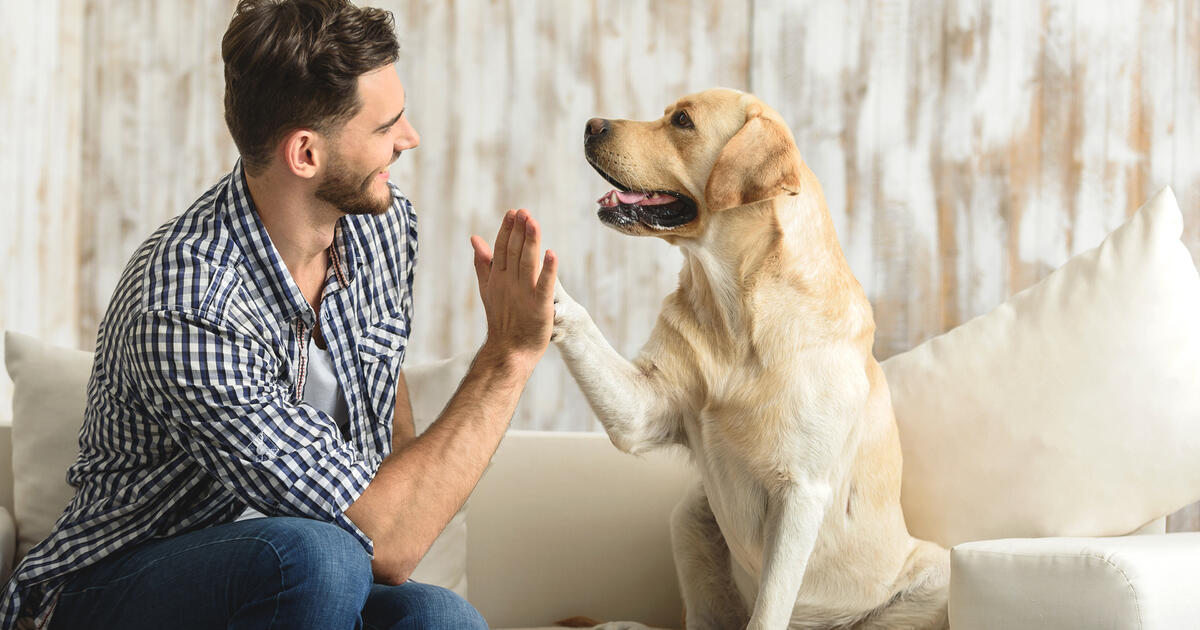
Evaluate Your Living Space
Before you bring a new pet home, take a moment to evaluate your living space. Whether you reside in an apartment or a house, each environment presents its unique challenges and opportunities when it comes to pet-proofing.
Apartment
Apartments often have limited space, so it’s crucial to maximize every inch to accommodate your pet comfortably. Small breeds or cats might be ideal for apartment living, but larger dogs can thrive with adequate exercise and attention.
House
Houses offer more room to roam, making them suitable for larger dog breeds or multiple pets. However, it’s essential to secure your yard and create safe zones, especially if you have a spacious backyard.
Choose the Right Pet for Your Home
Selecting the perfect pet for your living space is a crucial decision. Consider the size of your home and your lifestyle to make the right choice.
Consideration for Size
If you live in a compact space, a smaller dog or a cat might be the perfect fit. Larger homes can accommodate medium to large breeds. Research breeds that match your living conditions and preferences.
Activity Level
Your pet’s activity level should align with your own. Active breeds may require more exercise, while quieter ones may be content with lounging indoors.
Pet-Friendly Zones
Creating designated pet-friendly zones is essential for a harmonious living arrangement.
Creating Safe Spaces
Establish secure areas where your pet can roam freely without posing risks to themselves or your belongings.
Designating Play Areas
Allocate specific areas for play and exercise. This keeps your pet engaged and prevents them from getting bored or anxious.
Pet-Proofing Essentials
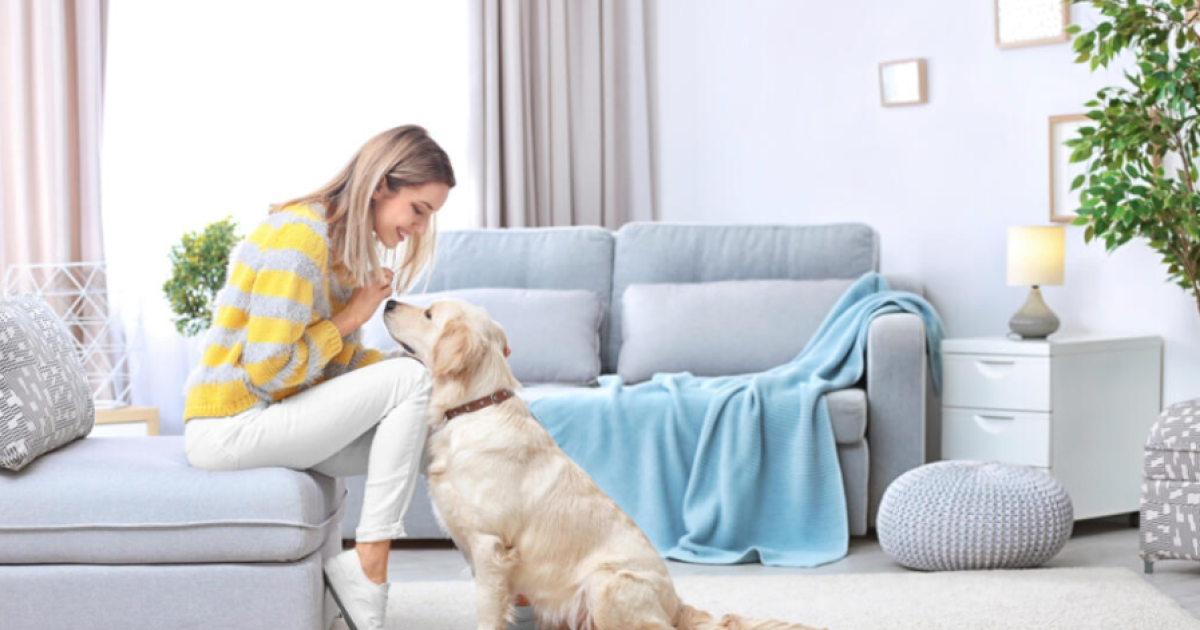
Safety First
Safety should be your top priority when preparing your home for a new pet.
Identify Hazards
Thoroughly inspect your home for potential hazards such as sharp objects, choking hazards, or items that your pet might ingest.
Safety Measures
Implement safety measures like securing cabinets, using safety gates, and installing childproof latches to prevent access to dangerous areas.
Securing Toxic Substances
Protect your pet from common household hazards.
Household Chemicals
Store household chemicals in locked cabinets, out of reach from curious paws and noses.
Plants
Some indoor plants can be toxic to pets. Identify and remove these plants from your home to prevent accidental ingestion.
Medications
Keep medications securely stored and out of your pet’s reach, as many human medications can be harmful or even fatal to animals.
Electrical Cords and Outlets
Prevent electrical accidents by addressing these potential hazards.
Cord Management
Tuck away electrical cords or use protective coverings to prevent pets from chewing on them.
Outlet Covers
Install outlet covers to keep your pet from inserting objects into sockets.
Trash and Recycling
Pet-proofing your trash and recycling areas is essential to prevent messes and potential hazards.
Pet-Proofing the Bins
Use pet-proof trash cans or secure lids to prevent your pet from rummaging through garbage.
Garbage Disposal Safety
Be cautious when using garbage disposals, ensuring your pet cannot access them, as they can be dangerous.
Furniture and Flooring
/nginx/o/2021/09/14/14067885t1he308.jpg)
Furniture Considerations
Your choice of furniture can make a significant difference in pet-proofing your home.
Choosing Pet-Friendly Fabrics
Opt for durable and pet-friendly upholstery fabrics that are easy to clean and resistant to scratches.
Investing in Durable Furniture
Consider investing in pet-friendly furniture designed to withstand the wear and tear of pet ownership.
Flooring Options
Your choice of flooring can impact both cleanliness and your pet’s comfort.
Hardwood
Hardwood floors are easy to clean but can be scratched by pets. Keep their claws trimmed to minimize damage.
Laminate
Laminate flooring offers durability and is resistant to stains, making it an excellent choice for pet owners.
Carpet
Carpeting can be comfortable for pets, but it requires regular cleaning to remove pet hair and odors.
Tile
Tile is easy to clean and resistant to pet accidents, making it a practical choice for pet owners.
Area Rugs
Use area rugs in high-traffic pet areas to protect your flooring and provide a cozy spot for your pet to rest.
Pet Supplies and Storage

Organizing Pet Supplies
Efficiently organizing your pet’s belongings makes daily care more manageable.
Food and Water Bowls
Use sturdy, non-slip bowls to prevent spills and invest in elevated bowls if your pet benefits from raised feeding.
Toys
Keep your pet’s toys organized and accessible to encourage play and stimulation.
Bedding
Provide comfortable bedding in designated areas where your pet can rest and relax.
Pet Storage Solutions
Incorporate clever storage solutions to keep pet supplies tidy and within reach.
Cabinets and Shelves
Install cabinets or shelves to store pet food, grooming supplies, and other essentials.
Hidden Storage Ideas
Utilize hidden storage options like under-bed containers or built-in pet supply closets to maintain a clutter-free space.
Training and Behavioral Tips
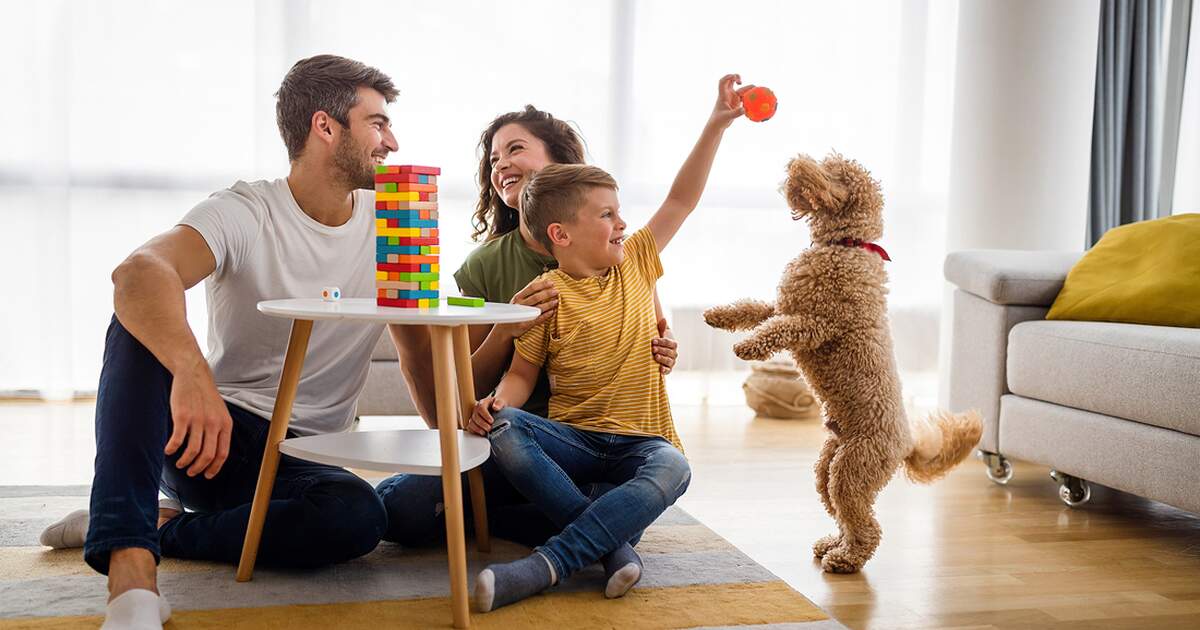
Puppy and Kitten Proofing
When bringing home young pets, consider these essential training steps.
Crate Training
Crate training can provide a safe haven for your pet and aid in housebreaking.
Housebreaking Tips
Implement housebreaking techniques to teach your pet where it’s appropriate to relieve themselves.
Behavior Training
Positive reinforcement and obedience classes can mold your pet’s behavior.
Obedience Classes
Enroll your pet in obedience classes to foster good behavior and socialization.
Positive Reinforcement
Reward desired behaviors with treats and praise to reinforce positive habits.
Setting Boundaries
Establish boundaries and use pet gates and furniture covers to protect your home.
Pet Gates
Use pet gates to limit access to specific areas, especially when training is in progress.
Pet-Friendly Furniture Covers
Invest in pet-friendly furniture covers to protect your upholstery from wear and tear.
Outdoor Safety
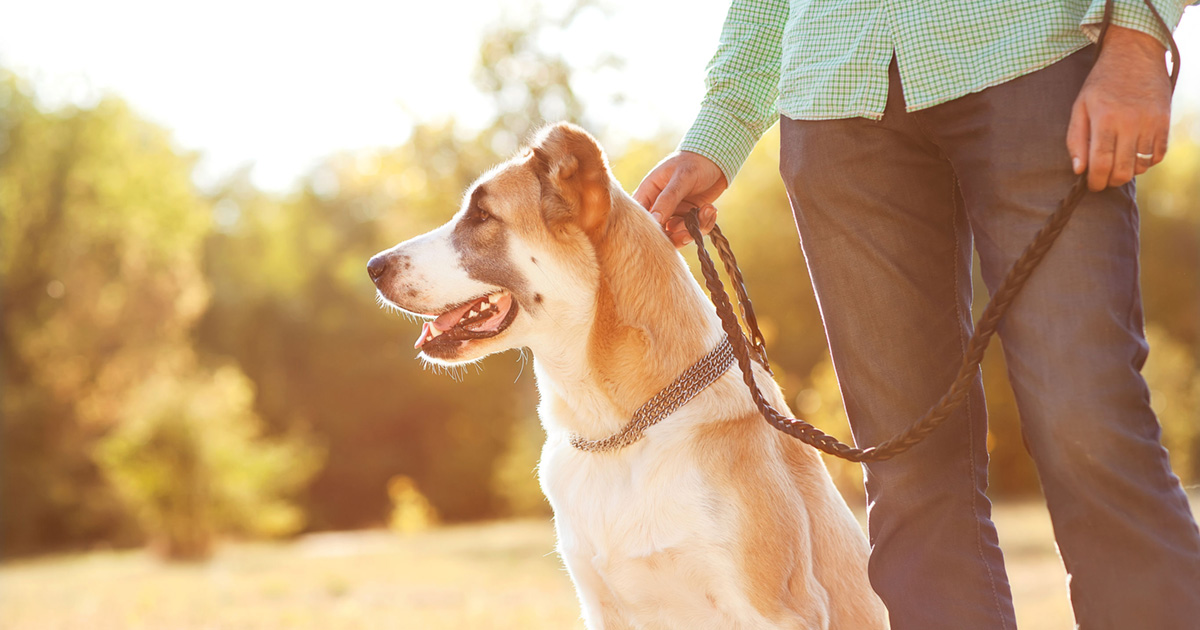
Fencing and Enclosures
Ensure your outdoor space is secure for your pet’s safety.
Secure Perimeters
Inspect and repair fencing to prevent escapes and intrusions.
Dog Runs and Playpens
Create designated play areas within your yard using dog runs or playpens.
Pool and Water Safety
Water safety is paramount when you have a pet.
Pet Pool Safety
If you have a pool, consider pet-specific pool safety measures.
Swimming Lessons for Pets
Teach your pet to swim safely or invest in life jackets for aquatic adventures.
Pest Control
Protect your pet from pests while maintaining a pet-friendly environment.
Pet-Friendly Pest Control Methods
Use non-toxic methods for pest control to avoid harming your pet.
Avoiding Harmful Chemicals
Avoid chemical treatments that can be hazardous to your pet’s health.
Health and Wellness
Regular Vet Visits
Maintain your pet’s health with routine vet visits.
Vaccinations
Stay up-to-date on vaccinations to protect your pet from preventable diseases.
Preventative Care
Discuss preventative care measures with your vet, including flea and tick control.
Grooming
Regular grooming is essential for your pet’s well-being.
Brushing and Bathing
Adhere to a grooming routine that suits your pet’s breed and needs.
Nail Trimming
Keep your pet’s nails trimmed to prevent injury and discomfort.
Nutrition
A balanced diet is fundamental for your pet’s health and longevity.
Choosing the Right Pet Food
Select high-quality pet food that meets your pet’s nutritional requirements.
Portion Control
Maintain portion control to prevent obesity and related health issues.
Traveling with Your Pet
Pet Travel Essentials
When you hit the road with your pet, ensure their safety and comfort.
Car Safety
Secure your pet in the car with appropriate restraints to prevent accidents.
Travel Crates
Use travel crates for safe transportation, ensuring your pet’s security.
Pet-Friendly Destinations
Plan vacations that include your furry friend.
Planning Pet-Friendly Vacations
Choose destinations that cater to pets, with pet-friendly accommodations and activities.
Pet Accommodations
Book pet-friendly lodging options well in advance to ensure a comfortable stay.
Emergency Travel Kit
Prepare an emergency travel kit for unexpected situations.
Important Documents
Include essential documents like identification, medical records, and contact information.
Medications and Food
Pack an ample supply of medications and your pet’s preferred food.
Socialization and Playtime
Playdates and Socialization
Socialization is vital for your pet’s development.
Pet Parks
Frequent pet parks for supervised play and socialization.
Playgroups
Join or form playgroups to ensure your pet interacts with others of its kind.
Mental Stimulation
Mental exercise is as crucial as physical activity.
Puzzle Toys
Stimulate your pet’s mind with puzzle toys that challenge their problem-solving skills.
Interactive Play
Engage in interactive play to strengthen the bond with your pet and provide mental stimulation.
Exercise Routine
Establish a consistent exercise routine to keep your pet healthy and happy.
Daily Walks
Take daily walks to provide physical activity and sensory enrichment.
Playtime Schedule
Maintain a playtime schedule that caters to your pet’s energy levels and preferences.
Cleaning and Maintenance
Pet-Friendly Cleaning Products
Maintain a clean environment using products that are safe for your pet.
Non-Toxic Cleaning Solutions
Opt for non-toxic cleaning solutions to safeguard your pet’s health.
Stain and Odor Removal
Use specialized products to effectively remove pet stains and odors.
Regular Cleaning Routine
Implement a cleaning routine to keep your home fresh and hygienic.
Vacuuming and Sweeping
Regularly vacuum and sweep to control pet hair and debris.
Washing Pet Bedding
Wash your pet’s bedding regularly to maintain a clean and odor-free living space.
Conclusion
Enjoying a Pet-Friendly Home: The Reward of a Happy, Safe Pet
Congratulations on embarking on this exciting journey of pet ownership! As you’ve journeyed through the various sections of our guide on “Pet-Proof Home: Preparing Your Place for a New Pet,” you’ve gained a wealth of knowledge on how to ensure your home is not just a house, but a sanctuary where your furry companion can thrive. In this conclusion, we’ll reflect on the significance of creating a pet-friendly haven and how it ultimately leads to the reward of a happy, safe pet.
Your decision to bring a new pet into your life is a momentous one. Whether you’ve chosen a boisterous puppy, a playful kitten, a majestic dog, a curious cat, or any other type of pet, the journey ahead is filled with love, companionship, and unforgettable memories. And, just like any significant life change, it comes with responsibilities and preparations.
Throughout this guide, we’ve covered every aspect of preparing your home for a new pet, from evaluating your living space to pet-proofing essentials, training and behavioral tips, outdoor safety, health and wellness, traveling with your pet, socialization, and playtime, to cleaning and maintenance. Each section serves as a building block in constructing a secure, comfortable, and enjoyable environment for your pet.
But why is all of this necessary? Why invest time, effort, and resources in pet-proofing your home? The answer lies in the profound and rewarding relationship between you and your pet.
The Gift of Companionship
Pets offer us a unique form of companionship that is unlike any other. They become our confidants, our playmates, our shoulder to cry on, and our source of unwavering love and loyalty. The bond that develops between a pet and their owner is a treasure beyond measure.
As you take the time to evaluate your living space and choose the right pet, you are taking the first steps toward ensuring a harmonious coexistence. By matching your home with a pet that fits its size and activity level, you set the stage for a comfortable life together.
Safety and Happiness Go Hand in Paw
Safety is a paramount concern when bringing a new pet into your home. Identifying and mitigating potential hazards, securing toxic substances, and pet-proofing your furniture and flooring are all essential steps to protect your furry friend from harm. The safety measures you put in place, such as outlet covers and cord management, provide peace of mind for both you and your pet.
Furthermore, a well-trained pet is a happy pet. Training and behavioral tips, including crate training, positive reinforcement, and setting boundaries, ensure a smooth transition into your home. When your pet understands their role and boundaries, they can feel secure, reducing anxiety and promoting their overall happiness.
Exploring the Great Outdoors
For pets that enjoy outdoor adventures, creating a safe outdoor space is crucial. Fencing and enclosures, pool and water safety measures, and pest control methods protect your pet while they explore and play outside. You’ll discover that outdoor safety measures enhance your pet’s quality of life, allowing them to frolic in a secure environment.
Nurturing Health and Wellness
Regular vet visits, proper grooming, and a balanced diet are fundamental to your pet’s health and well-being. These aspects of care ensure your pet remains happy and vibrant throughout their life. Your commitment to their health not only prevents illnesses but also strengthens the bond between you and your furry companion.
Adventures Beyond Home
As you prepare for adventures beyond the confines of your home, remember to pack pet travel essentials, consider pet-friendly destinations, and ensure your pet’s comfort during travel. This not only opens up a world of experiences for both you and your pet but also strengthens the bond of trust between you.
Socialization and Playtime
Pets thrive on social interaction and playtime. Organizing playdates, exploring pet parks, and providing mental stimulation through interactive toys and exercise routines enrich your pet’s life. Engaging in these activities not only keeps your pet physically fit but also fosters a sense of joy and connection.
The Importance of a Clean Environment
Lastly, maintaining a clean and hygienic environment with pet-friendly cleaning products, non-toxic cleaning solutions, and regular cleaning routines ensures your home remains a safe and pleasant place for both you and your pet. It’s a simple yet significant aspect of pet ownership that contributes to your pet’s overall well-being.
In conclusion, the effort you invest in preparing your home for a new pet is rewarded tenfold with the joy and companionship of a happy, safe pet. Every moment spent pet-proofing, training, and caring for your furry friend is an investment in a richer, more fulfilling life together. Cherish each day, embrace the lessons and adventures, and savor the heartwarming moments that come with being a pet owner. Your home is not just a place; it’s a haven where the love between you and your pet blossoms, creating a bond that lasts a lifetime. Here’s to a pet-friendly home and the endless joys it brings!
Frequently Asked Questions About Preparing Your Home for a New Pet
How can I evaluate if my living space is suitable for a new pet?
To assess your living space, consider factors like the size of your home, available outdoor areas, and any restrictions imposed by your living arrangement, such as pet policies in apartments or homeowners’ associations for houses.
What should I consider when choosing the right pet for my home?
When selecting a pet, take into account the size of your living space, your pet’s size and activity level, and whether you can provide the appropriate pet-friendly zones and safe spaces they need.
How can I create safe pet-friendly zones in my home?
Designate areas where your pet can play freely while minimizing hazards. Use baby gates to create boundaries, and ensure all dangerous items are out of reach.
What safety measures should I implement to pet-proof my home?
Start by identifying potential hazards such as toxic substances, electrical cords, and trash. Then, implement safety measures like securing toxic items, managing cords, and using outlet covers.
How do I secure toxic substances in my home, such as household chemicals and plants?
Store chemicals in locked cabinets, place toxic plants out of reach, and research pet-safe alternatives for common household items.
What’s the best way to protect my pet from electrical cords and outlets?
Manage cords with cable organizers and use outlet covers to prevent pets from chewing on cords or poking objects into outlets.
How can I pet-proof my trash and recycling bins?
Invest in pet-proof trash bins with locking lids and secure recycling bins in a closed cabinet or pantry.
What steps can I take to ensure my pet’s safety around the pool and water areas?
Install pool safety measures like fences and alarms. Consider pet pool safety products, and provide swimming lessons to teach your pet how to exit the pool safely.
Are there pet-friendly pest control methods I can use around my home?
Yes, explore natural and pet-safe pest control options such as diatomaceous earth or pheromone-based traps. Avoid chemical pesticides that could harm your pet.
What are the key components of a pet-friendly cleaning routine?
Utilize non-toxic cleaning products, focus on stain and odor removal, and establish a regular cleaning schedule. Vacuum and sweep regularly, and wash your pet’s bedding to maintain a clean and safe environment.
In our previous post about pet-proofing your home, we discussed the importance of creating safe and welcoming spaces for your furry friend. Now, let’s delve into the nitty-gritty details of each aspect. From evaluating your living space to choosing the right flooring options, we’ve got you covered. But before we jump into that, make sure you’ve checked out our comprehensive guide on “Complete Guide to Dog and Cat Nutrition“.
For additional insights into creating a pet-friendly home, consider exploring this comprehensive article on Medium titled “The Ultimate Guide to Pet-Proofing Your Home” This insightful piece provides expert tips and valuable advice from seasoned pet owners and trainers. Discover even more ways to ensure a safe and enjoyable environment for your new furry companion.

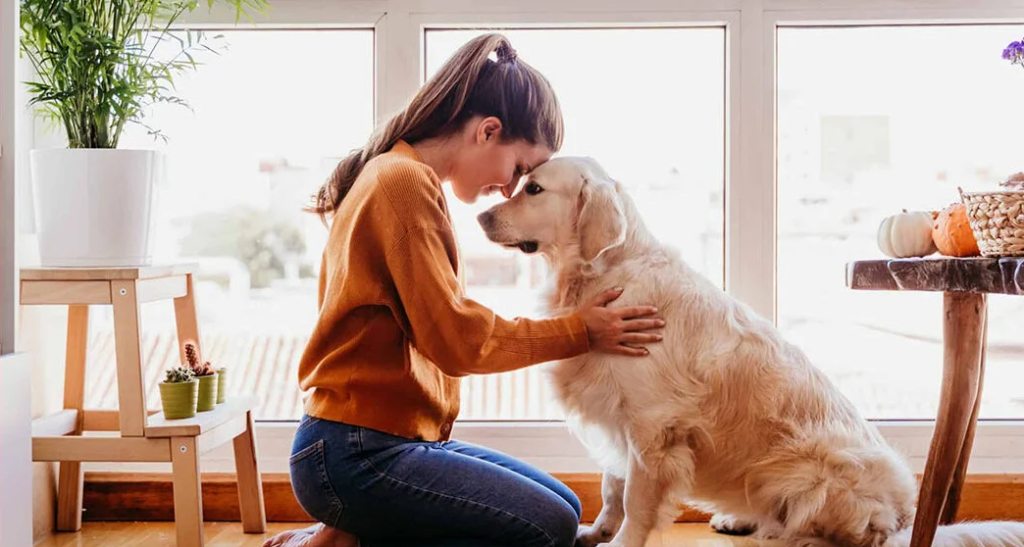




Uma resposta